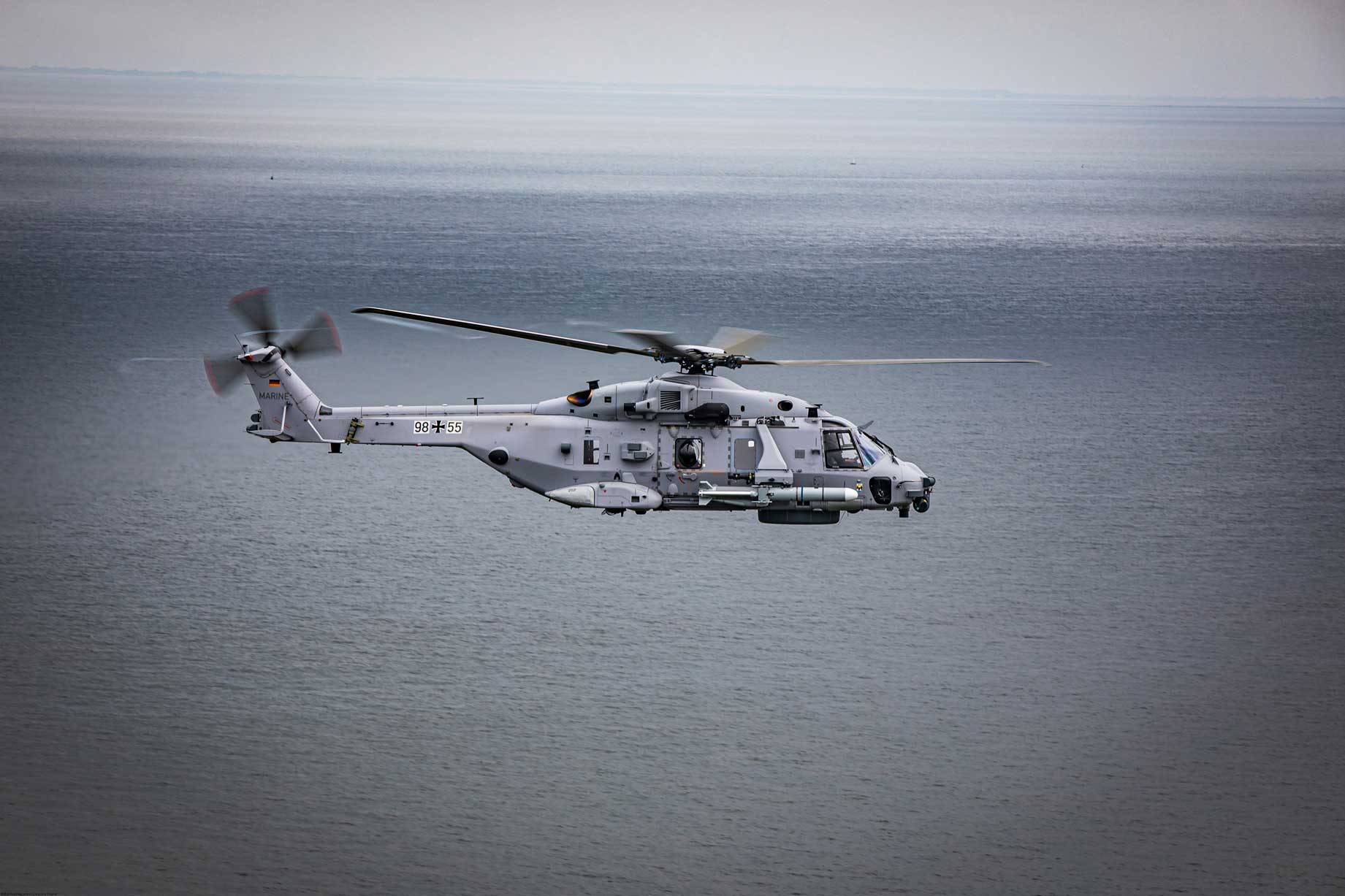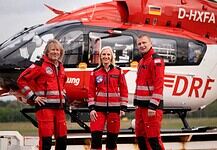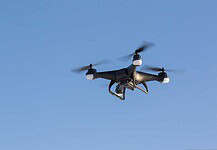On November 11, 2024, the MAPHEUS 15 rocket launched over Swedish Lapland for the 600th time in the history of high-altitude research. With 21 scientific experiments on board, she reached a record altitude of 309 kilometers, providing seven minutes of weightlessness for experiments.
Record height and new engine technology
The MAPHEUS 15 mission achieved a previously unattainable altitude of 309 kilometers, made possible by an innovative engine configuration. This consists of the combination of the traditional Improved Malemute and the new RED KITE Booster, a development by Bayern Chemie and the German Aerospace Center (DLR). This increased altitude provides the experiments with an additional time frame in microgravity of seven minutes.
Increasing experimental capacity
The mission brought a significant increase in capacity for scientific experiments. For the first time, new rocket modules called MOSAIC were introduced, which carry compact experiments in the format of CubeSats. This innovation reduces development time and costs while increasing the number of experiments on board. Prof. Thomas Voigtmann from the DLR Institute of Materials Physics emphasized the advantages of this new configuration.
International collaborations and technological innovations
MAPHEUS 15 also highlighted cross-border partnerships, including collaborations with Australian institutions such as the University of Adelaide and La Trobe University. In addition, an innovative smart watch was tested in cooperation with Samsung and the NRW company LambSpace, which will be applicable in life support systems in the future.
Diversity of scientific contributions
Several DLR institutes also took part in the current mission, including the Institutes for Materials Research, Aerospace Medicine and Solar-Terrestrial Physics. The diversity of scientific contributions underscored DLR’s role in promoting interdisciplinary studies and technological breakthroughs in space.
The German Aerospace Center (DLR) is one of Europe’s leading research organizations in the fields of aerospace. With decades of experience and global partnerships, DLR makes significant contributions to the further development of space technologies and applied science.
Innovative space experiments in CubeSat format
The DLR Institute of Materials Physics has developed the modular experiment system MOSAIC for CubeSats, which can accommodate 16 modules. MAPHEUS 15 includes eleven modules to conduct experiments such as thermoelectric generators and weightlessness research, which could have a lasting impact on space technology.
MOSAIC: An Advance in CubeSat Experimentation
The MOSAIC system developed at the DLR Institute of Materials Physics offers researchers the opportunity to conduct experiments in a compact CubeSat format. With space for a total of 16 modules, MOSAIC enables fast development cycles for scientific investigations. MAPHEUS 15 houses eleven of these modules, some of which are designed for extensive double modules. This flexibility allows both extensive and specific experiments to be implemented under different conditions.
Innovative technologies for space travel
The TEGonaut experiment uses thermoelectric generators to test a self-sufficient energy source for sensors. This technology could be crucial for future space missions where energy management is key. RESITEK is engaged in reflectometry measurements of GPS signals, which support the study of the upper layers of the atmosphere and can contribute to the prediction of space weather. These experiments demonstrate MOSAIC’s potential to revolutionize space technology.
Advances in materials research
MARS is a 3D printer that studies the solidification of materials in weightlessness. Exploring such conditions is crucial for sustainable designs in space. The DEIMOS-A and -B experiments present powder transport technologies that work with electromagnetic fields to optimize 3D printing in space. This work shows how far-reaching the impact of MOSAIC on materials research in space travel can be.
Biological experiments in space
The NyMEx experiment studies how reduced gravity affects transport properties in cell membranes, while MiniWeed explores the effects of gravity on duckweed, which could serve as a food source for long-term missions. Gastronaut-01 analyzes the influences of gravity on cancer cells. These biological studies within MOSAIC provide groundbreaking insights into the effects of weightlessness on biological processes.
The DLR (German Aerospace Center) is a leader in the research and development of new technologies for aerospace. With innovative projects such as MOSAIC, it promotes scientific collaboration worldwide and enables significant progress in the exploration of space and the challenges it poses.







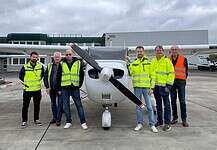




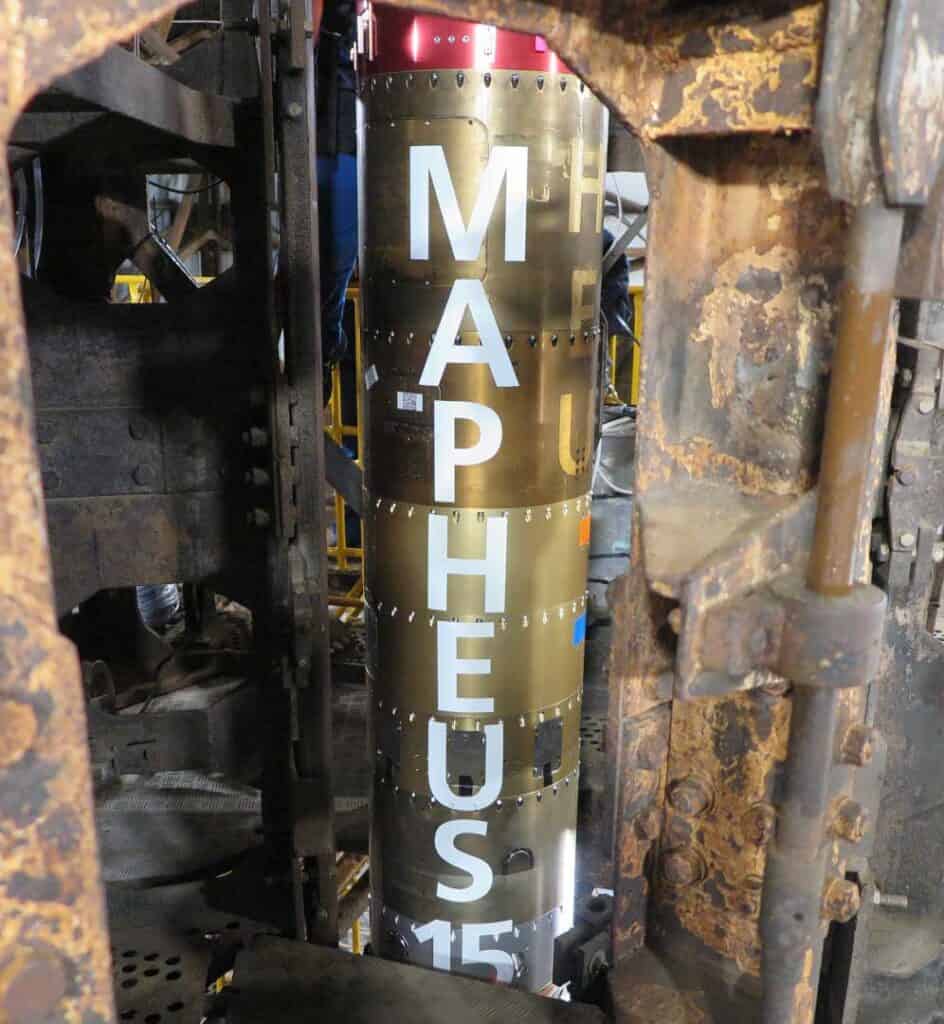
 Wiederverwendbare Raumfahrzeuge: ATHEAt-Flugexperiment des DLR
Wiederverwendbare Raumfahrzeuge: ATHEAt-Flugexperiment des DLR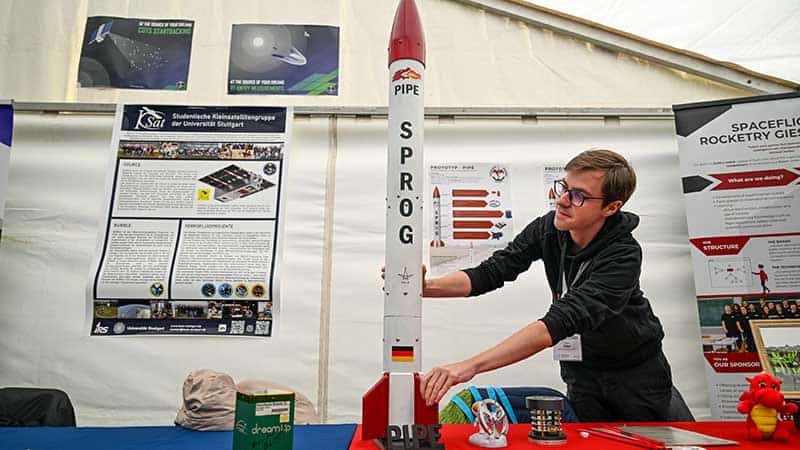 Wacken Open Air: Interstellarer Treffpunkt für Raumfahrtbegeisterte
Wacken Open Air: Interstellarer Treffpunkt für Raumfahrtbegeisterte Starke Marswinde und Staubteufel: Einblicke dank Deep Learning und Kameratechnik
Starke Marswinde und Staubteufel: Einblicke dank Deep Learning und Kameratechnik Sicherheit im Orbit: DLR & Bundeswehr nutzen Weltraumlagezentrum Uedem
Sicherheit im Orbit: DLR & Bundeswehr nutzen Weltraumlagezentrum Uedem Quantenkommunikation: Von Flugzeugen zu Bodenstationen und zum Quanteninternet
Quantenkommunikation: Von Flugzeugen zu Bodenstationen und zum Quanteninternet PLATO-Mission der ESA: Meilenstein in der Erforschung von Exoplaneten
PLATO-Mission der ESA: Meilenstein in der Erforschung von Exoplaneten

